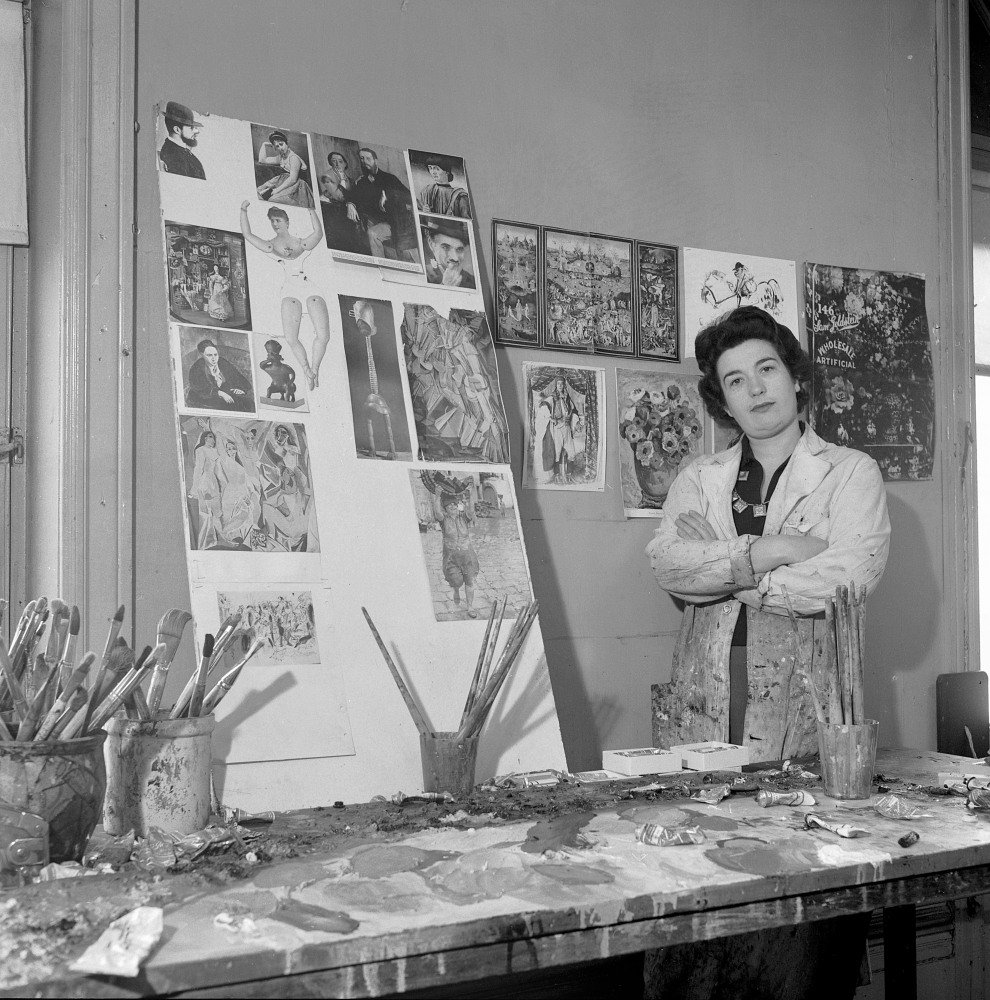Miriam Schapiro:
Pioneer of feminist art and collaborative creation
Miriam Schapiro
In the world of contemporary art, few figures have left as lasting a legacy as Miriam Schapiro. Recognized for her innovative exploration of female identity and her commitment to collaborative creation, Schapiro stood out as a transformative force in the feminist art movement of the 20th century.
Born in Toronto, Canada, in 1923, Miriam Schapiro demonstrated an exceptional talent for art from an early age. After completing her academic training at the University of Iowa and Columbia University, Ella Schapiro settled in New York, where she began to forge her path as an artist in a male-dominated scene.
As her artistic practice evolved, Ella Schapiro became increasingly inspired by emerging feminism and the women's rights movement. In the 1970s, she became a central figure in the development of feminist art, challenging established conventions and breaking new ground for women artists.
One of Schapiro's most significant contributions to feminist art was her role in the development of the movement known as "Femmage." Inspired by the notion that domestic art and traditional crafts had historically been undervalued because of her association with the feminine, Schapiro began to integrate collage and assemblage techniques into her work, creating artworks that celebrated feminine culture. and manual labor.
In addition to her individual work, Schapiro was also a passionate advocate for collaborative creation and artistic community. In the 1970s, she co-founded the influential women's art collective known as "Home." Through this initiative, Schapiro and her fellow artists came together to explore themes of gender identity, sexuality, and power through collaborative art and political action.
Miriam Schapiro's legacy as a pioneer of feminist art and collaborative creation endures to this day. Her works continue to be studied and admired around the world, and her influence can be felt in the work of a new generation of artists who continue to challenge norms and expand the boundaries of contemporary art.
At a time when the fight for gender equality and the representation of women in art remains relevant, the work and legacy of Miriam Schapiro remains a powerful inspiration for all those seeking to challenge established norms and promote inclusion and diversity in the art world.



